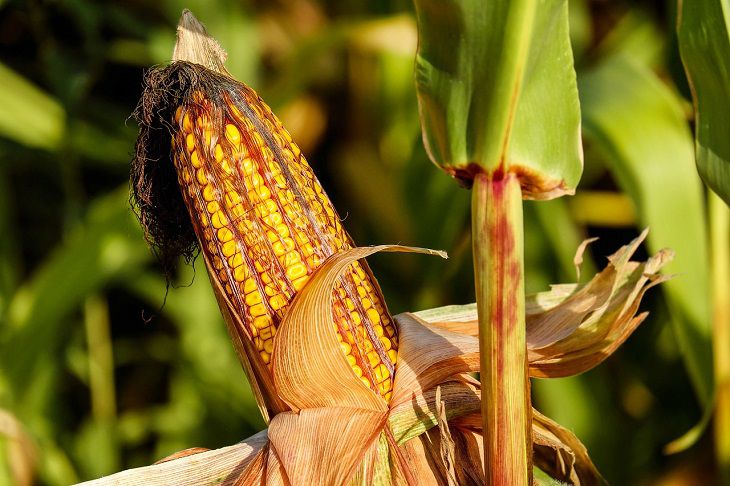Growing corn isn't for everyone: Farming tips
Corn is one of the most popular crops in the USA, so lots of farmers try growing it at least once.
While it can be quite beneficial and also delicious, this crop isn't that easy to grow, so it's definitely not for everyone.
Here are a few reasons that can make corn pretty hard to grow.
Space Requirements
Corn plants need a lot of space to grow.
If you have a small garden or limited space, corn might take up too much room and prevent other plants from getting enough sunlight.

Pollination Challenges
Corn requires good pollination to produce healthy ears.
If you don't have many bees or a breeze to help with pollination, your corn might not develop properly, and you won't get good ears of corn.
Pests and Diseases
Corn can attract pests like worms and diseases that might harm the plants.
Dealing with these issues can be challenging for beginner gardeners.
Soil Quality
Corn prefers certain types of soil. If your soil doesn't have the right nutrients, it might not be the best for growing corn.
Some areas have soil that isn't suitable for corn cultivation.
Water Needs
Corn needs a consistent and ample water supply.
If you live in a region with water shortages or have difficulty providing regular watering, corn might struggle to grow well.
Growing Season
Corn has a specific growing season, and if your area doesn't have a long enough warm period, the corn might not have sufficient time to mature and produce good ears.
Harvesting Challenges
Harvesting corn at the right time is crucial for its taste.
If you're not available to harvest the corn when it's ready, it might become overripe and lose its sweetness.
Buy Local
Sometimes, it's easier and more practical to buy corn from local farmers.
This supports local agriculture and ensures you get fresh, well-grown corn without the challenges of growing it yourself.
